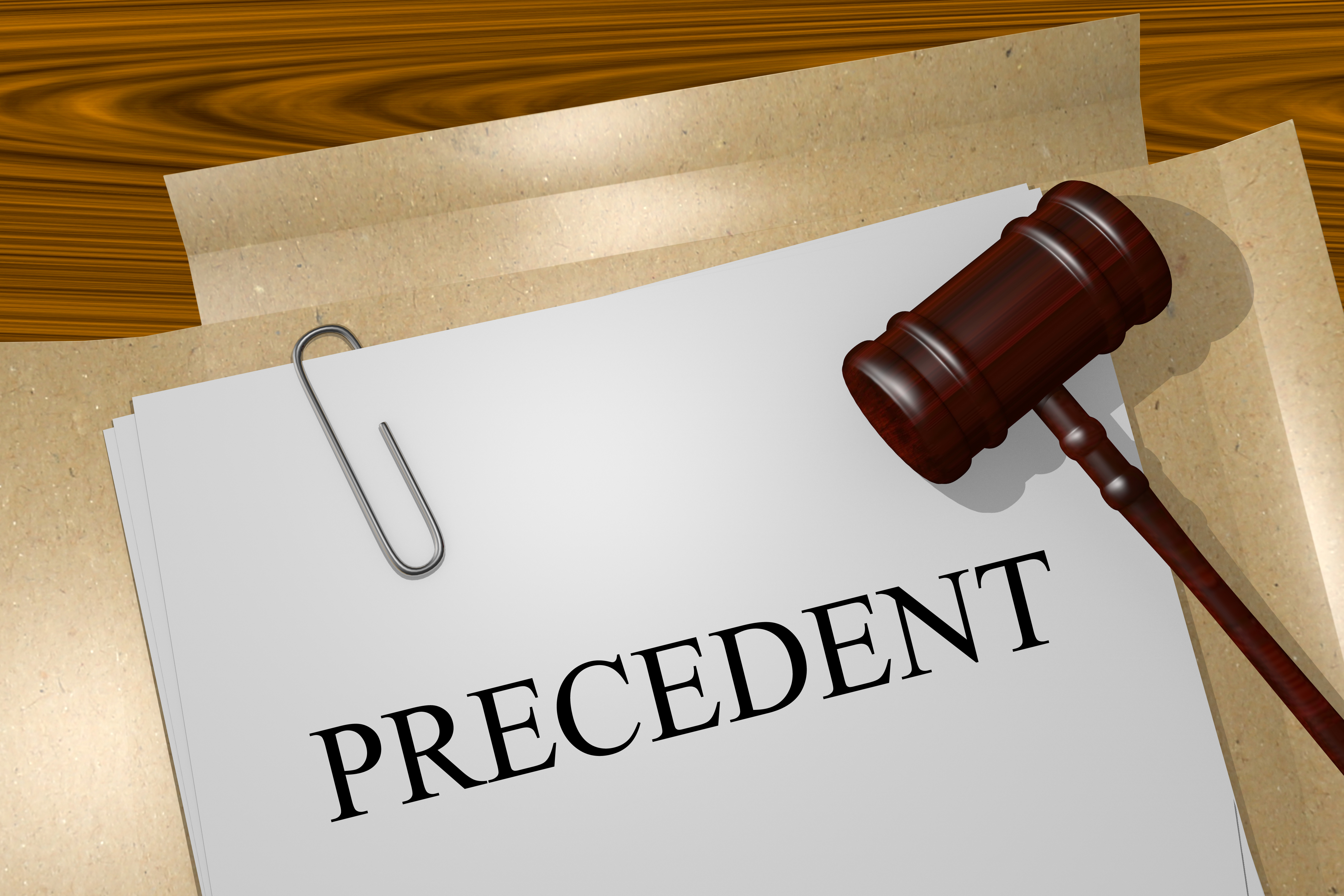Federal Circuit’s Rule 36 Judgments Leave Everyone in the Dark | Rothwell, Figg, Ernst & Manbeck, P.C.
Federal Circuit Rule 36 has been criticized for leaving IP practitioners in the dark as it allows for the court to enter judgment of affirmance without the reasoned analysis of the Court. Generally, the Rule allows for a judgement of affirmance without opinion if one of the enumerated conditions is met and the opinion would not have precedential value. The enumerated conditions are:
(1) the judgment, decision, or order of the trial court appealed from is based on findings that are not clearly erroneous;
(2) the evidence supporting the jury’s verdict is sufficient;
(3) the record supports summary judgment, directed verdict, or judgment on the pleadings.[1]
On April 10, 2023, the Federal Circuit issued three Rule 36 judgments that summarily affirmed the final written decisions by the PTAB for One World Technologies, Inc. v. Chervon (HK) Ltd., Longhorn HD v. Unified Patents, and Uniloc 2017 v. Google. As perceptible from the summaries below, the Federal Circuit has utilized Rule 36 judgments to affirm PTAB decisions involving a wide range of challenges, arguments, and findings.
One World Technologies, Inc. v. Chervon (HK) Ltd.[2]
The Federal Circuit summarily affirmed four inter partes review (IPR) final written decisions in One World Technologies. The four IPR petitions instituted by the PTAB pertained to gardening tool patent claims. In the IPR proceedings, the PTAB dismissed the petitioner’s challenges based on anticipation and obviousness arguments. The petitioner also presented constitutionality arguments, but the PTAB dismissed said arguments as resolved by the Supreme Court’s decision in United States v. Arthrex (2021).
Longhorn HD LLC v. Unified Patents LLC[3]
In Longhorn HD, the Federal Circuit summarily affirmed the PTAB’s determination of obviousness in view of prior art. The Patent Owner challenged the priority date of the asserted prior art, arguing that the provisional applications from which the prior art claimed priority date failed to meet the requirements of 35 U.S.C. § 119(e)(1) as set out by the Federal Circuit in Dynamic Drinkware v. National Graphics (2015). Under Dynamic Drinkware, the specification of a provisional application must “contain a written description of the invention…in such full, clear, concise, and exact terms” to enable practice of the invention in the non-provisional. The PTAB found the provisional applications to adequately disclose the claimed system and thus dismissed the Patent Owner’s arguments.
Uniloc 2017 LLC v. Google LLC[4]
In Uniloc 2017, the PTAB invalidated several claims due to a determination of obviousness in view of the combination of two prior arts. The Patent Owner argued that the combination failed to meet the key limitation of their claims, but the PTAB found that the specification and prosecution history of the claims-at-issue were not limited to the Patent Owner’s argument. Therefore, the PTAB found that the combination of the prior art met the limitations.
Summary
Exemplified in the cases above, the Federal Circuit has employed Rule 36 judgments to summarily affirm PTAB proceedings across the board. Although Rule 36 judgments are nonprecedential in nature, IP practitioners are left without an answer or guidance to the appellant’s legal question or other issues raised. While the Court may justifiably feel overburdened by its case load, Rule 36 can create more questions than answers. These questions may lead to more appeals down the line; thus, Rule 36 may not be lightening the load as intended.
As one potential change, the “enumerated conditions” of Rule 36 could be further defined, limiting its application to legal issues the Court has previously analyzed in detail and including said opinions as a list of reference material. Alternatively, a Rule 36 judgment could be accompanied by a simple summary of the Court’s notes and comments regarding the PTAB decision (i.e., a Court redline), which may provide the necessary insight to the reasoning for affirmance.
[1] Rule 36(a) Judgment of Affirmance Without Opinion.
[2] One World Technologies, Inc. v. Chervon (HK) Ltd., No. 2022-1329, 2023 WL 2847519 (Fed. Cir. Apr. 10, 2023) affirming IPR2020-00884, IPR2020-00886, IPR2020-00887, IPR2020-00888
[3] Longhorn HD LLC v. Unified Pats., LLC, No. 2022-1361, 2023 WL 2847506 (Fed. Cir. Apr. 10, 2023) affirming IPR2020-00879
[4] Uniloc 2017 LLC v. Google LLC, No. 2022-1245, 2023 WL 2847507 (Fed. Cir. Apr. 10, 2023) affirming IPR2020-00755






